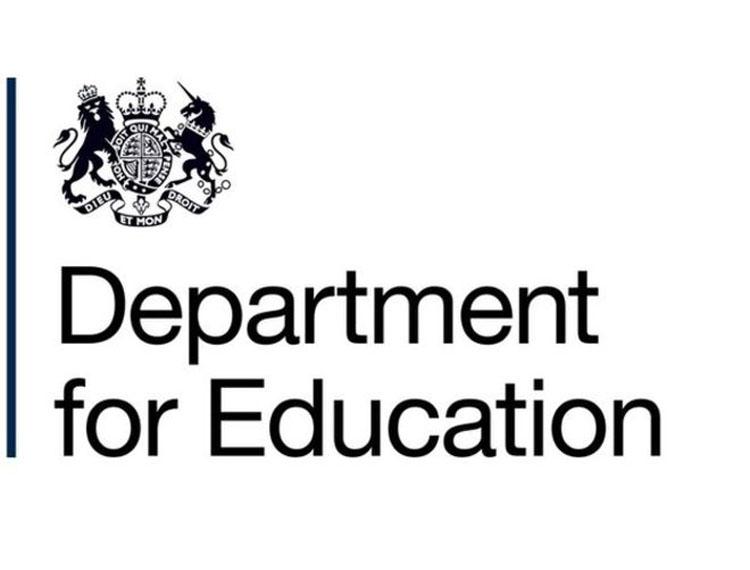Schools to trial new multiplication tables check

From today (Monday, April 1), schools up and down the country will be able to try out the new multiplication tables check.
The check is designed to help ensure children in primary school know their times tables up to 12 off by heart. As well as being important for everyday life, knowledge of times tables helps children to solve problems quickly and flexibly, and allows them to tackle more complex mathematics later on in school.
Schools will be able to sign up to and access the online system from today, allowing them to register pupils, familiarise themselves with the digital platform and let pupils try the check ahead of the national pilot in the summer.
School Standards Minister Nick Gibb said:
“Maths touches so many aspects of everyday life so it’s hugely important that young people are equipped with the ability to perform simple calculations in their heads. Not only will this help them cope with the challenges of maths at secondary school, it will also stand them in good stead for the rest of their lives.
“That’s why we are bringing in this new check – to make sure all pupils leave primary school knowing their times tables by heart. Just as the phonics screening check has driven up literacy rates in primary schools, so this check will have a similar effect for basic maths.
“By familiarising themselves with the check, teachers will have the opportunity to be a part of the development process to make sure the check is both effective and user-friendly.”
The new check, which schools will be required to administer to year 4 pupils from June 2020, will consist of 25 questions based on the 2 to 12 times tables and will be conducted using laptops, computers or tablets in class.
This familiarisation period coms ahead of a national pilot between 10 and 28 June. Pupils will have 6 seconds to answer each question. In most cases, pupils will spend less than 5 minutes completing the check and teachers will be able to administer it to individual pupils, groups of pupils or whole classes at the same time. The check can be taken at any time during the school day within the 3-week window.
The system has been carefully produced in partnership with schools and has been developed to minimise any unnecessary burdens on school staff and pupils.
It features ground-breaking accessibility arrangements that have been developed for pupils with special educational needs and disabilities. Feedback from the pilot will be used to shape the final version of the check.
Mark Lehain said:
“In providing a standard, quick and simple check of children’s grasp of the times tables, the multiplication tables check will be invaluable for everyone in education. Its careful development and implementation, done in partnership with experts from the profession, is an example of how such things should be done more often.
“Being able to get familiar with the set-up now means that when schools comes to administer the check for real it should run smoothly. This will give heads, teachers, families and pupils reassurance that it providing an accurate picture of how fluently children know their tables.”
This consolidation of basic mathematical knowledge is in line with the principle of the maths ‘mastery’ teaching, which is successfully practised by world leaders in mathematics, Shanghai and Singapore, and is now being introduced to schools in England.
The multiplication tables check was announced in 2016. In the following year, we confirmed in our response to the primary assessment consultation that the check would be taken by pupils in year 4 and that the check would become statutory from the summer of 2020.
The test will be sat by 8 and 9 year-olds in year 4, after teachers and schools told the Government this was the best point for it to be introduced. There will be no pass mark and no expected standard threshold for the MTC. Results from the check will not be published at school level, and will not be used by Ofsted and others to force changes in schools.
The check follows the successful introduction of the phonics screening check in 2012. There are now 163,000 more 6 year-olds on track to become fluent readers than in 2012 and England’s recent rise up the international PIRLS rankings puts the success of the government’s reforms on a global scale.
Pupils will answer 25 questions based on the 2 to 12 times tables and will have 6 seconds to answer each one.
The specification and time available are informed by trials we ran earlier this year that showed 6 seconds was the optimum amount of time to allow for each question.











Responses